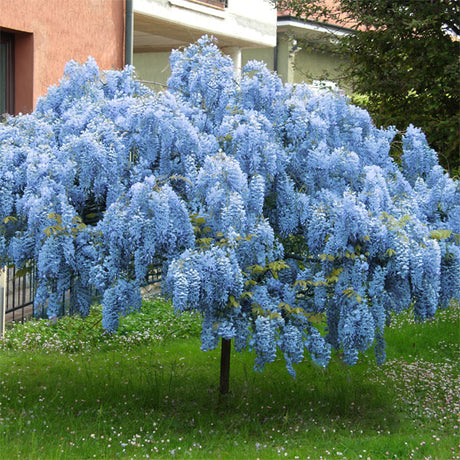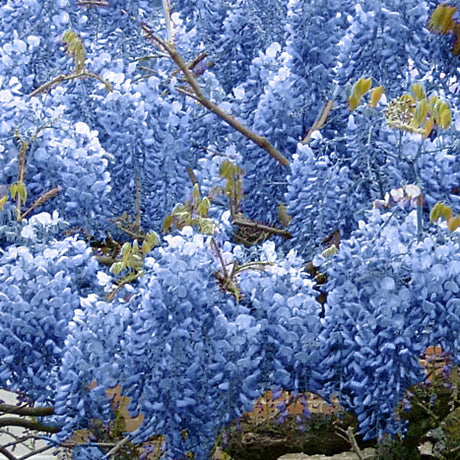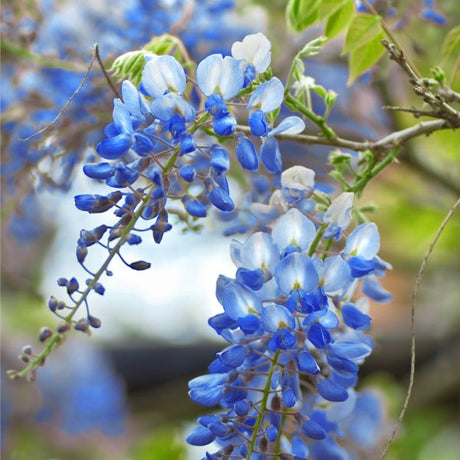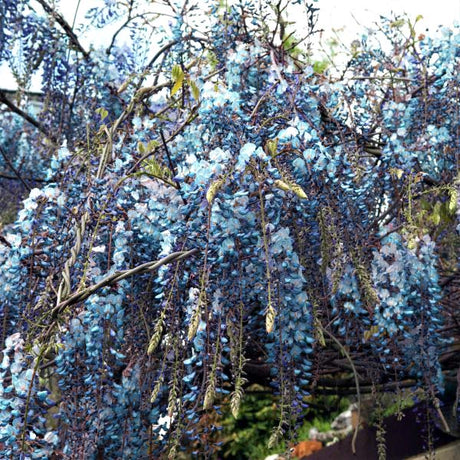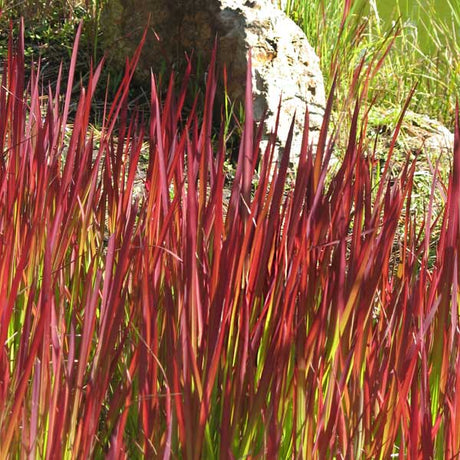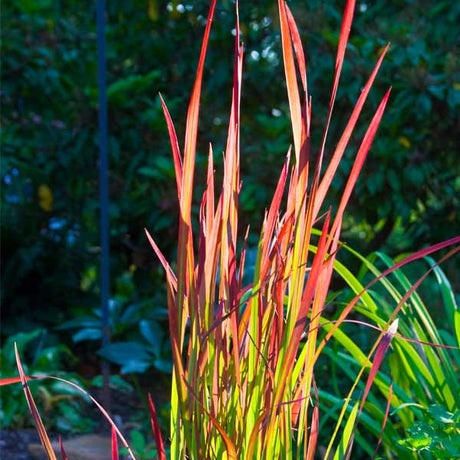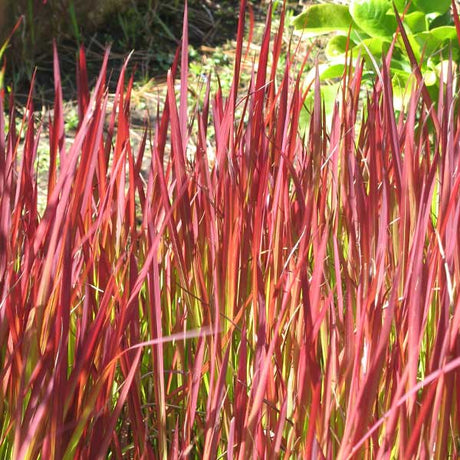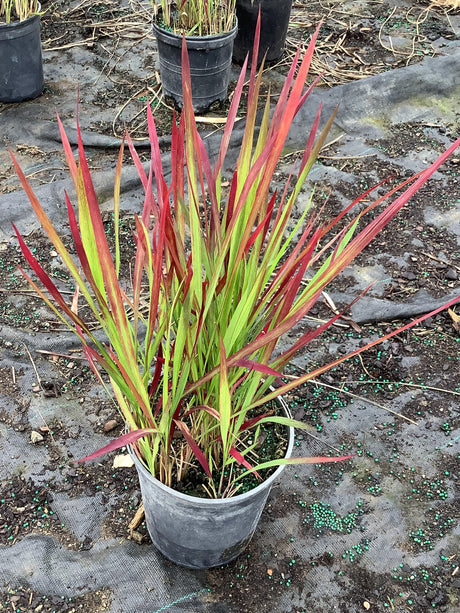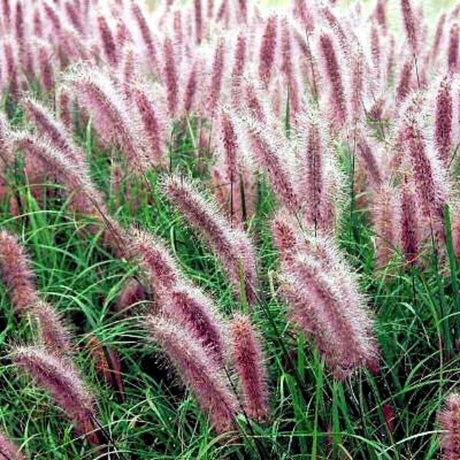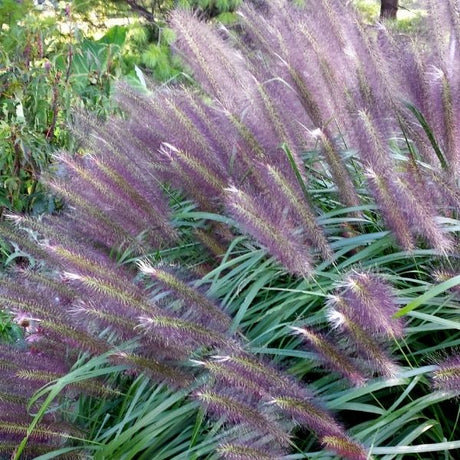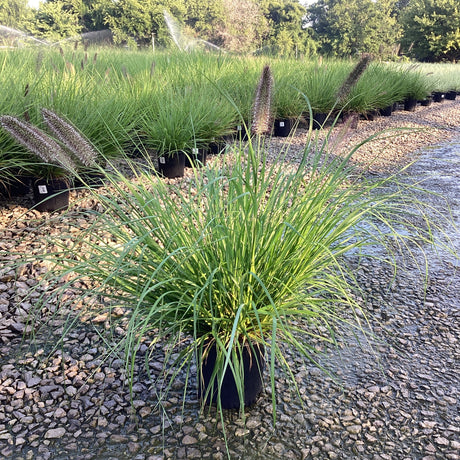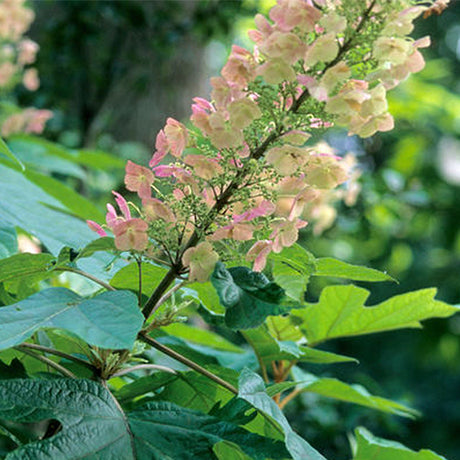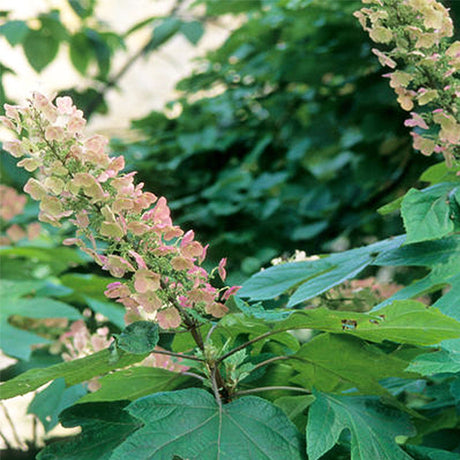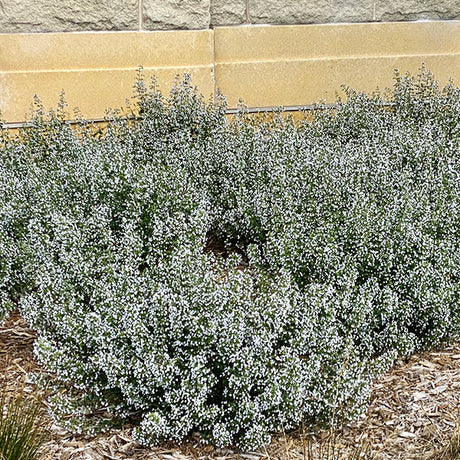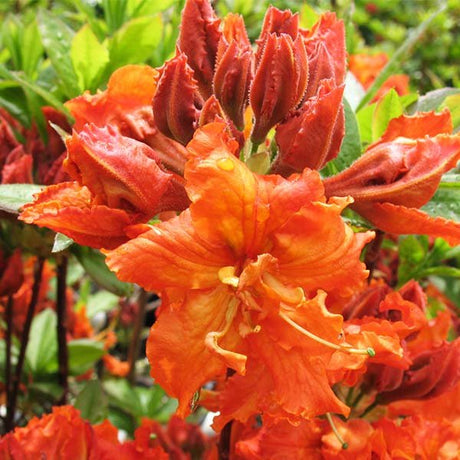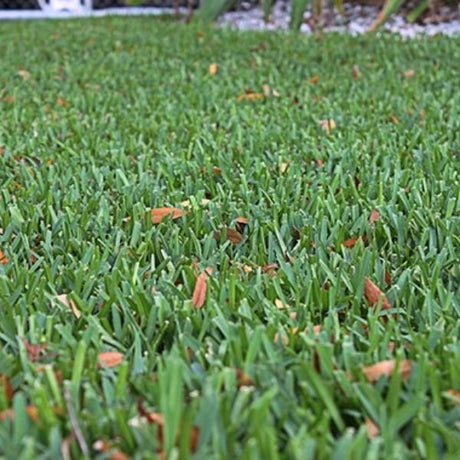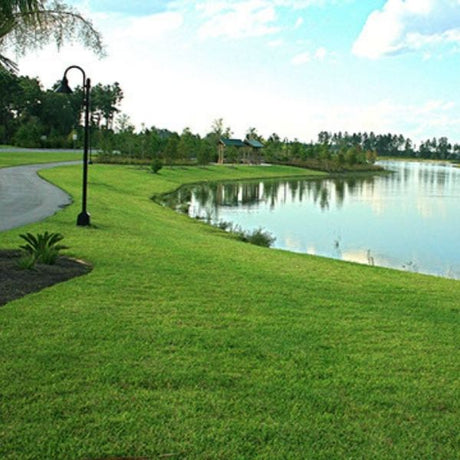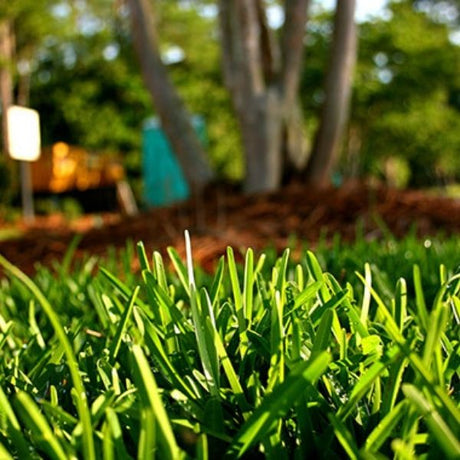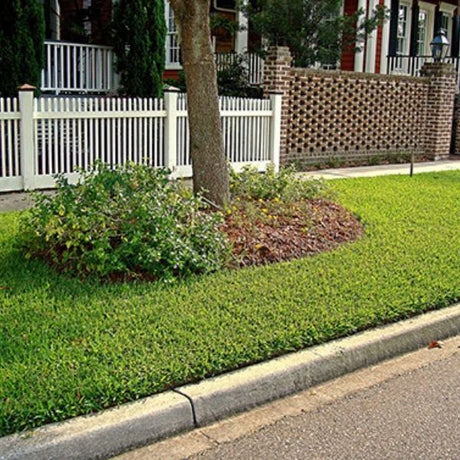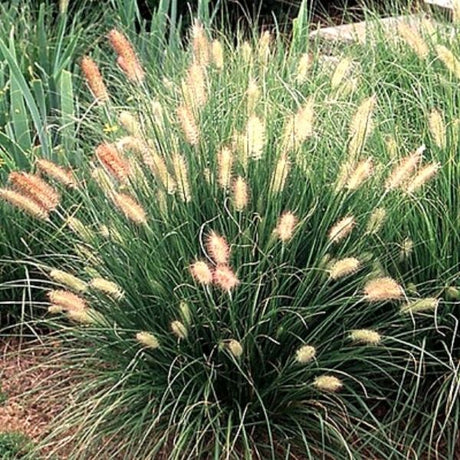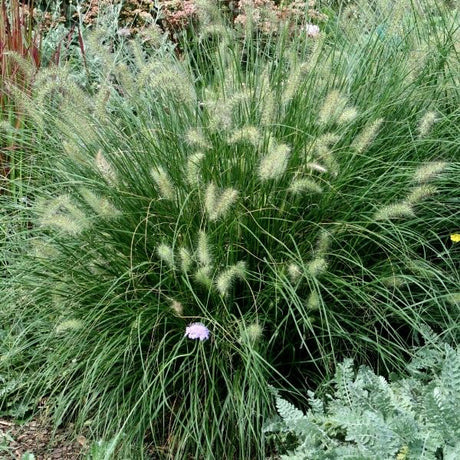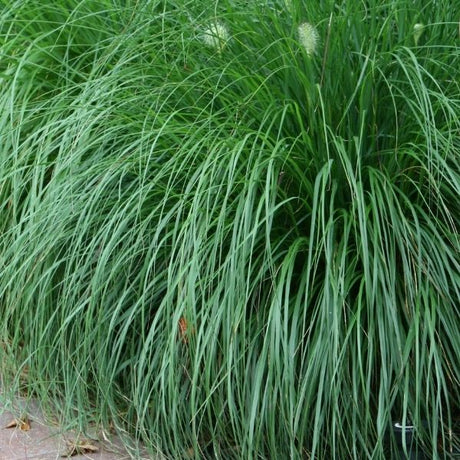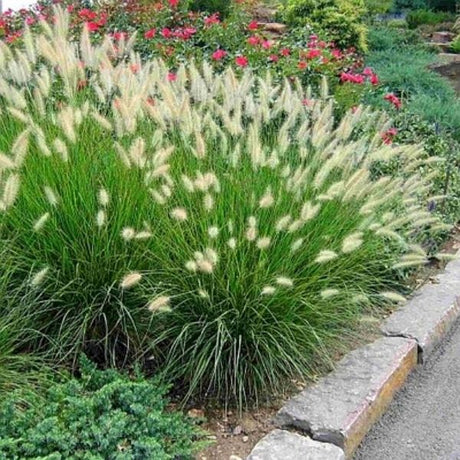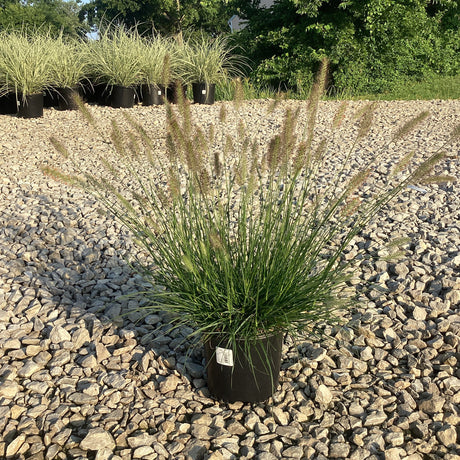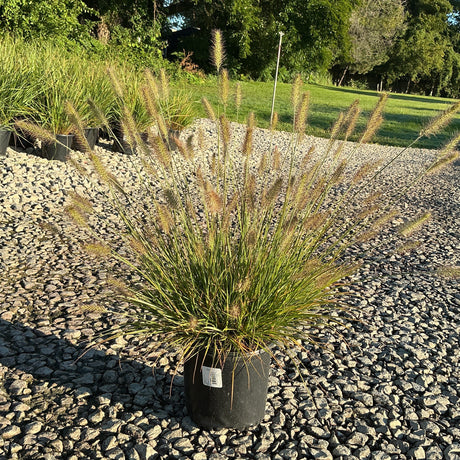
Cleveland Heights, Ohio, affectionately known as "The Heights", is perched along the Lake Erie bluff with a rich architectural heritage and a vibrant arts culture. This inner-ring suburb of Cleveland is not only steeped in historical charm but also teems with gardening potential for those ready to harness the gifts of Ma Nature.
Nestled in USDA Hardiness Zone 6a in the easternmost part of the upper Midwest, Cleveland Heights experiences cold, snowy winters and warm, humid summers. The heavy clay soils, common across Cuyahoga County, require strategic planting and good soil management. But with thoughtful choices, your landscape can flourish with color, texture, and form in every season!
Climate and Soil of Cleveland Heights
Climate:
- Zone: 6a
- Average annual snowfall: 60-80 inches
- Summers: Warm and humid, with July highs in the low 80s
- Winters: Cold and snowy, January lows average around 20°F
Soil:
- Dominantly clay, rich in nutrients but poor in drainage
- Benefits from compost, leaf litter, and gypsum amendments
- Raised beds and well-formed planting mounds are often used
Landscape Note:
The city’s elevation provides subtle topographical changes, especially in older neighborhoods near Coventry or Cedar Fairmount, where historical landscapes provide both charm and microclimatic diversity.
Top 10 Ornamental Plants For Cleveland Heights
These ornamental plants are beloved for their hardiness and beauty across four seasons:
-
Vanilla Strawberry™ Panicle Hydrangea – Towering panicles fade from white to deep rose, symbolic of seasonal change.
-
Pink Muhly Grass – Cloud-like pink plumes in fall offer ethereal texture and movement.
-
Viking Chief Peony – Heirloom-style blooms with a legendary scent and lush foliage.
-
Rozanne Hardy Geranium (Cranesbill) – A long-blooming perennial with violet-blue flowers from late spring into fall; it’s a pollinator favorite and great groundcover.
-
Lynwood Gold Forsythia – Vibrant gold blooms burst forth before the leaves emerge in spring.
-
Royal Star Magnolia – Compact and showy, this tree’s fragrant white flowers arrive before leaves in early spring.
-
Blue Moon Wisteria – Cold-hardy and reblooming, with cascades of fragrant lavender-blue flowers.
-
Caramel Coral Bells – Low-growing, evergreen foliage in rich amber tones; perfect for a shady border or as a groundcover.
-
Elegans Hosta – Broad, corrugated blue-green leaves thrive in shade; deer-resistant and low-maintenance.
- Little Lime® Panicle Hydrangea – Compact, reliable, and color-shifting from lime to blush pink in late summer.
Native Plants For Cleveland Heights
Ohio's native plants, in particular, are well-adapted to the region’s heavy clay soils, erratic lake-effect weather, and local pests, making them more resilient and lower maintenance than many non-natives.
Native Trees of Cleveland Heights
- Eastern Redbud (Cercis canadensis) – Heart-shaped leaves and early spring pink blossoms support pollinators.
- White Oak (Quercus alba) – Majestic shade tree with lobed leaves and deeply furrowed bark; acorns feed local wildlife.
- Bald Cypress (Taxodium distichum) – Deciduous conifer with feather-like foliage and fluted trunk bases; thrives in wetter spots.
- Black Locust (Robinia pseudoacacia) – Fast-growing with deeply furrowed bark, fragrant white flower clusters in late spring, and nitrogen-fixing roots; historically used for fence posts and prized for its rot-resistant wood.
Native Shrubs for Structure and Wildlife
- Redosier Dogwood (Cornus sericea) – Red stems in winter, flat white blooms in spring, and bird-attracting berries.
- Winterberry Holly (Ilex verticillata) – A deciduous Holly with glossy leaves and brilliant red berries on bare branches; needs a male pollinator shrub nearby.
- New Jersey Tea (Ceanothus americanus) – Small shrub with fluffy white flowers; historically used as a tea substitute and beloved by pollinators.
- Spice Bush (Lindera benzoin) – An aromatic shrub with yellow spring blooms and red berries for birds.
Native Perennials That Thrive
The Lakeside Daisy, also known as the Yellow Windflower (Hymenoxys herbacea), is a fantastic example of a late spring blooming native wildflower in Ohio, but you can check out these perennial options here:
- Black-Eyed Susan (Rudbeckia fulgida) – Golden blooms with dark centers; long bloom period and pollinator magnet.
- Wild Bergamot (Monarda fistulosa) – A Bee Balm relative with lavender blooms and a citrusy fragrance. It features a long history of medicinal and culinary uses.
- Columbine (Aquilegia canadensis) – Nodding red and yellow flowers loved by hummingbirds.
- Joe Pye Weed (Eutrochium purpureum) – Towering pink blooms late in summer; great for wet areas. Try the Rosie Josie Joe-Pye Weed for an ornamental, smaller alternative.
Native Fruiting Trees
Plan for edible landscapes with these native fruiting trees and shrubs! Mix herbs, fruit trees, and berry bushes into your design with this guide to edible gardening.
- American Plum (Prunus americana) – White spring flowers, tart late-summer fruits, and suckering growth habit.
- Pawpaw (Asimina triloba) – Large, tropical-looking leaves and custard-like fruit; understory favorite.
- Wild Black Cherry Tree (Prunus serotina) – Fragrant white racemes in spring, glossy leaves, and dark cherries for wildlife.
- Serviceberry (Amelanchier canadensis) – Four-season beauty with white spring blooms, sweet edible berries in early summer, brilliant fall color, and smooth gray bark; fruits are loved by birds and people alike.
Native Fruiting Bushes & Vines
- American Elderberry (Sambucus canadensis) – White flowers in flat clusters, dark purple berries for tasty and immune system boosting syrup or jelly.
- Black Raspberry (Rubus occidentalis) – Arching canes with edible, sweet berries in early summer. Try the juicy Bristol Black.
- Aronia (Aronia melanocarpa) – Aronia, like the showy and healthful Black Chokeberry, this hardy native offers spring white blooms, glossy foliage, and clusters of dark, tart berries rich in antioxidants; great for jams, juices, and wildlife.
Tips and Tricks For Cleveland Heights Gardeners
- Amend Clay Soil: Add compost, aged manure, or pine fines to improve texture and drainage.
- Use Arborist Mulch to protect roots, retain moisture, and suppress weeds. Learn more about how and why to mulch.
- Consider Urban Heat Islands: South-facing walls and paved areas may stay warmer in winter, so take advantage of this for tender plants.
- Use the Finger Test before watering new plants: Watch this video.
- Plant in Layers: Combine canopy trees, mid-level shrubs, and herbaceous perennials for naturalistic, multi-season impact.
- Deadhead Flowers to encourage new blooms or improve appearance. Here’s how to deadhead.
Planting the Seeds of Seasonal Splendor

From radiant Redbuds to plumy Pink Muhly Grass, Cleveland Heights offers fertile ground for creativity. With the right mix of native and ornamental plants, and a little help from Ma Nature, you can enjoy a garden that charms in every season and gives back to local wildlife, too!
By blending beauty with ecological balance, your garden becomes more than just a pretty space, it transforms into a sanctuary for pollinators, a legacy of sustainability, and a peaceful refuge for every season. Whether you're a seasoned green thumb or a fresh-faced beginner, cultivating joy in "The Heights" is always in style!
Happy Planting!


